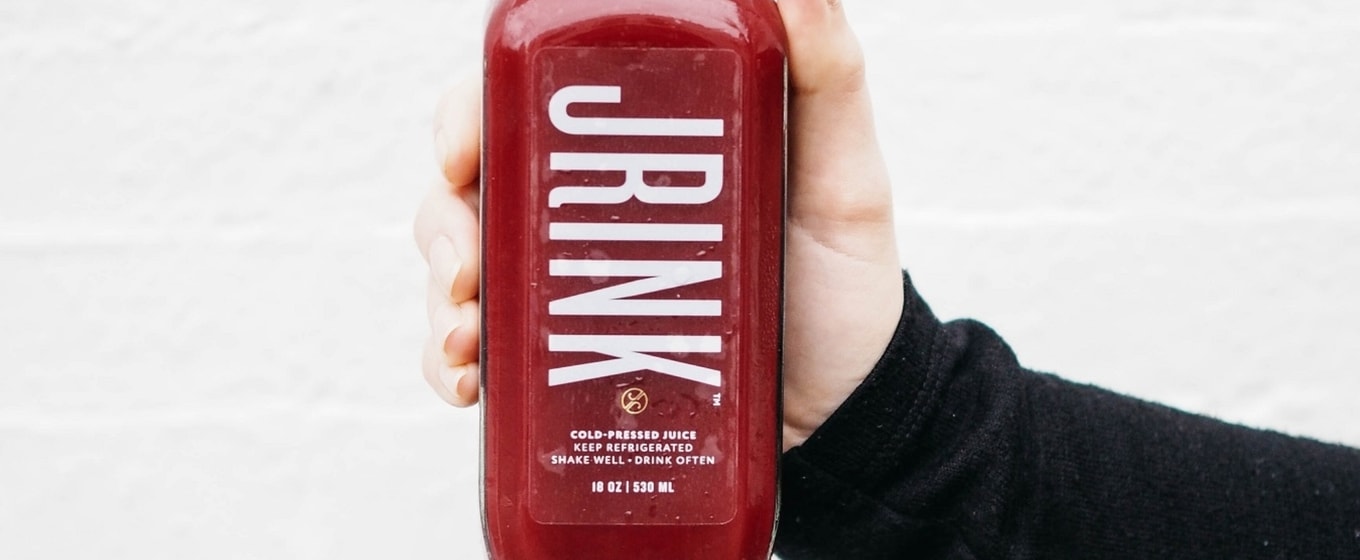Basically, trademarks are pointless unless registered. Whilst you may think the application process is unnecessary, without it you won’t be protected. As the 'legal eagle' around here, I'm giving you the low-down on this key topic for small and medium-sized businesses.
Registration is necessary
To have a valid trademark you must get it registered with the Trade Mark Registry. The process is relatively simple, requiring completion of an application form, payment of a relevant fee and advertisement in Trade Mark Journal. The forms and fees can be found here.
However, the criteria for registration are not so simple. The below sets out the requirements, but it’s always worth seeking advice of an intellectual property specialist.
Criteria for registration
3 key questions are looked at when Trade Mark Registry considers whether your mark is suitable:
1. Whether the mark is capable of being a trademark within the definition of Section 1(1) of the Trade Marks Act 1994,
2. Whether it should be refused registration under any of the absolute grounds under Section 3 of the Trade Marks Act 1994, and
3. Whether it should be refused registration for any of the relative grounds in Section 5 of the Trade Mark Act 1994.
The statutory definition
There are 2 key points to the statutory definition:
- “Can the sign be graphically represented?”
- “Can it distinguish the goods or services of the applicant form others?”
Graphical representation is critical and without this your mark won’t be registered. First, you should check that your mark is capable of being reproduced in an 8cm by 8cm square in the Trade Mark Journal. If your mark can’t be drawn, written or symbolised in some way, it probably won’t make it over the first hurdle.
The Trade Mark Journal is your first opportunity to show the world your mark. Upon application, the mark is published in the journal to give anyone who objects the chance to make their objection known. If your mark passes the registration process this first publication will show how your mark will be registered.
Is your mark distinctive? If I were to see it on advertising material would I know it was your company, or would I assume it was someone else’s work? The statutory definition requires that your mark is distinctive as a whole and not just specific components. The mark must be yours and yours alone, and it must make you stand out from another in the eyes of the public.
Absolute grounds for refusal
So you’ve got your mark designed, it fits in that 8cm by 8cm square, and no one objected. But your application isn’t yet complete.
The Trade Mark Act 1994 sets out in section 3 that the Trade Mark Registry can refuse to register the mark if any of the below arise:
a) Your mark hasn’t met the statutory requirement.
b) Your mark isn’t distinctive in character.
c) Your mark consists exclusively of signs or indications that act as a way to point towards the quality, kind, quantity, purpose, value, geographical origin, production time or time for delivery of services or other characteristics of goods or services.
d) Your mark consists exclusively of signs or indications that have become customary in the language or in good and established practice of the trade in which you work.
There is a loophole – even if your trademark is felt to breach b, c, or d above, the Trade Mark Registry may still accept your application. This rests upon the trademark's use prior to the application. If you have been using your trademark and the logo or name, and it has gained a distinctive character that the public relate to as your brand, the Trade Mark Registry may allow the registration at its discretion.
One word of warning though: if you can’t show 5 years of use when trying to establish a breach of the absolute grounds, don’t bother. Long-term use in the eyes of the Trade Mark Registry has to be a minimum of 5 years. If you haven’t been using the mark for at least this long, they won’t accept that the mark has built up goodwill to allow any breach of b, c or d to be registered.

Is your mark distinctive in character?
Relative grounds for refusal
If there isn’t an absolute ground barring registration then there still may be one last hurdle to conquer. The Trade Mark Registry, when considering an application, will also review what are known as the relative grounds.
These are simply any conflict that may exist with another trademark already registered and belonging to someone else, which is either identical or similar to the one being applied for. Section 5 of the Trade Marks Act 1994 sets out the grounds for refusal; these grounds relate to the mark being similar or identical to another mark that’s already registered, the area in which the mark is registered, and the effect on the reputation of any registered trademark.
The starting point is to search for similar marks. Start with marks in a similar class to the one you wish to register. You may also wish to search for similar wording and names. This can be done by searching the Trade Mark Registry. Next, it’s advisable to check online sources, telephone directories or journals for similar marks.
If you feel your mark may be similar to another, you should seek legal advice from a specialist in the field. They’d be able to review your mark in line with the law, and tell you whether your application will be successful.
Before you begin...
Registration of your trademark is a necessary step to affording yourself the protection and commercial opportunities a trademark offers. So it’s best to seek legal assistance from an intellectual property specialist before starting the registration process. Whilst this may incur some cost, it’ll save you time - and a real headache - when completing the forms and ensuring your trademark conforms to the requirements in the Trade Mark Act 1994. A legal specialist can be found on the Law Society’s ‘Find a Solicitor’ tool.






These cookies are set by a range of social media services that we have added to the site to enable you to share our content with your friends and networks. They are capable of tracking your browser across other sites and building up a profile of your interests. This may impact the content and messages you see on other websites you visit.
If you do not allow these cookies you may not be able to use or see these sharing tools.